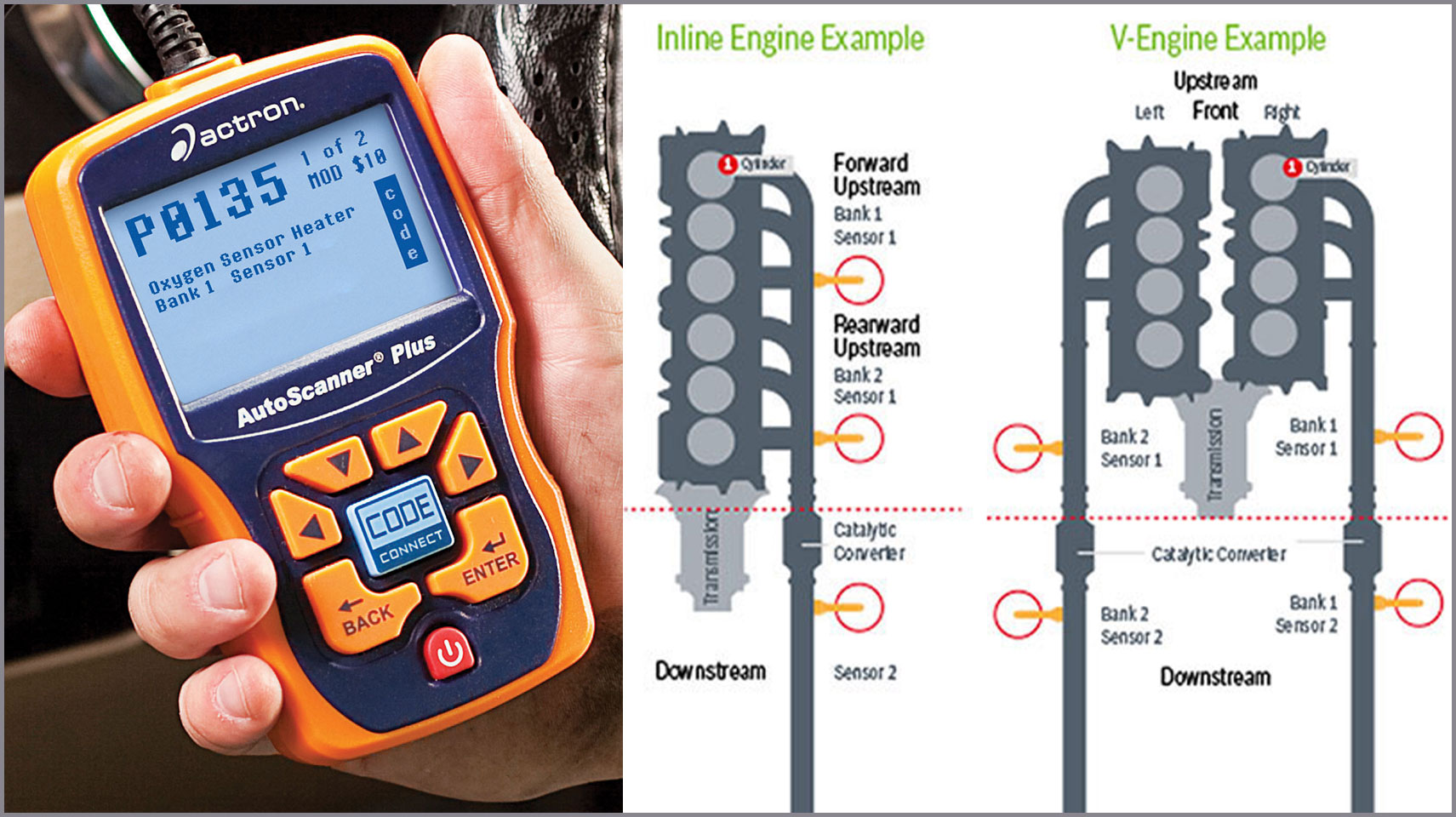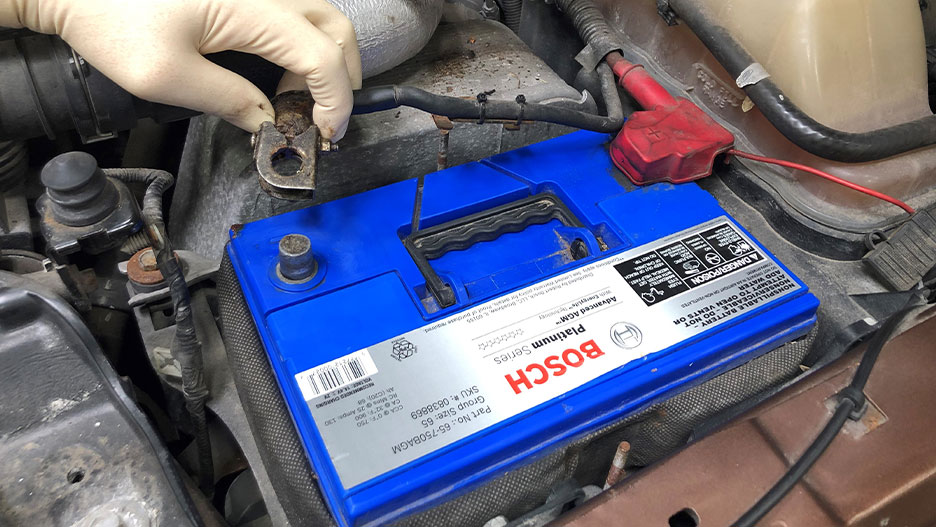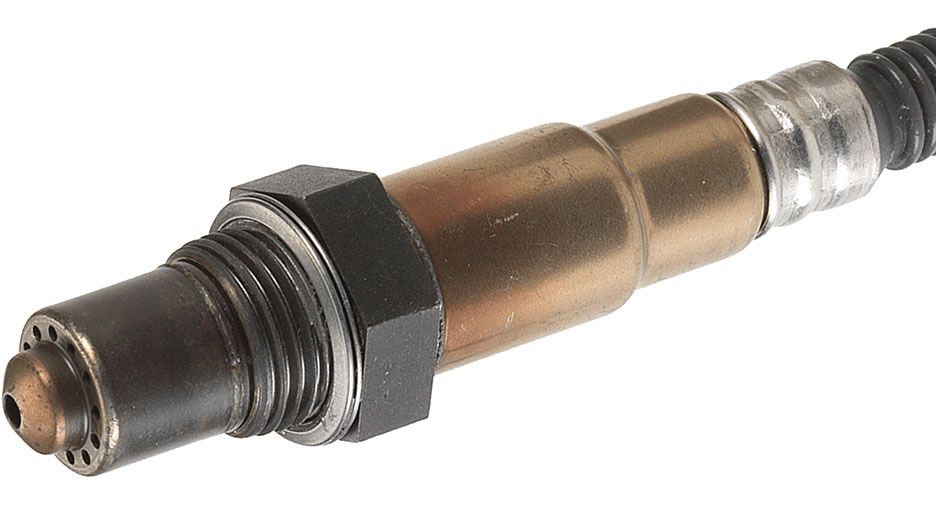Because engine configurations can vary by vehicle, it’s important to correctly identify the specific positions of all your oxygen sensors – so you replace the correct sensor when one of them fails. The post below provides some guidance in understanding which oxygen sensor to change and a few technical tips to assist in a smooth installation process.

Sensor Locations
Refer to your vehicle service manual to determine your sensor locations. If the manual is not available, here are some guidelines that apply to most vehicles:
Location by Code
- Car makers generally define Bank 1 as the Bank containing Cylinder 1.
- If you don’t know your Cylinder 1 location, ask your auto parts store associate for a cylinder-number- or firing-order diagram for your vehicle. See example at right.
- Sensor 1 is the upstream sensor and Sensor 2 is generally located after the catalyst (downstream)
- On a 3 sensor per bank system, Sensor 2 is located on the catalyst and Sensor 3 is located after the catalyst.
Catalog Locations
- The front of the engine contains the belt and alternator.
- The transmission is mounted to the rear of the engine.
- Left and right are defined looking from the rear to the front of the engine.
- On rear wheel drive applications, this is the view from the drivers seat.
- Use the bank detail (at left) to determine if you need a forward, rearward, left or right sensor.



